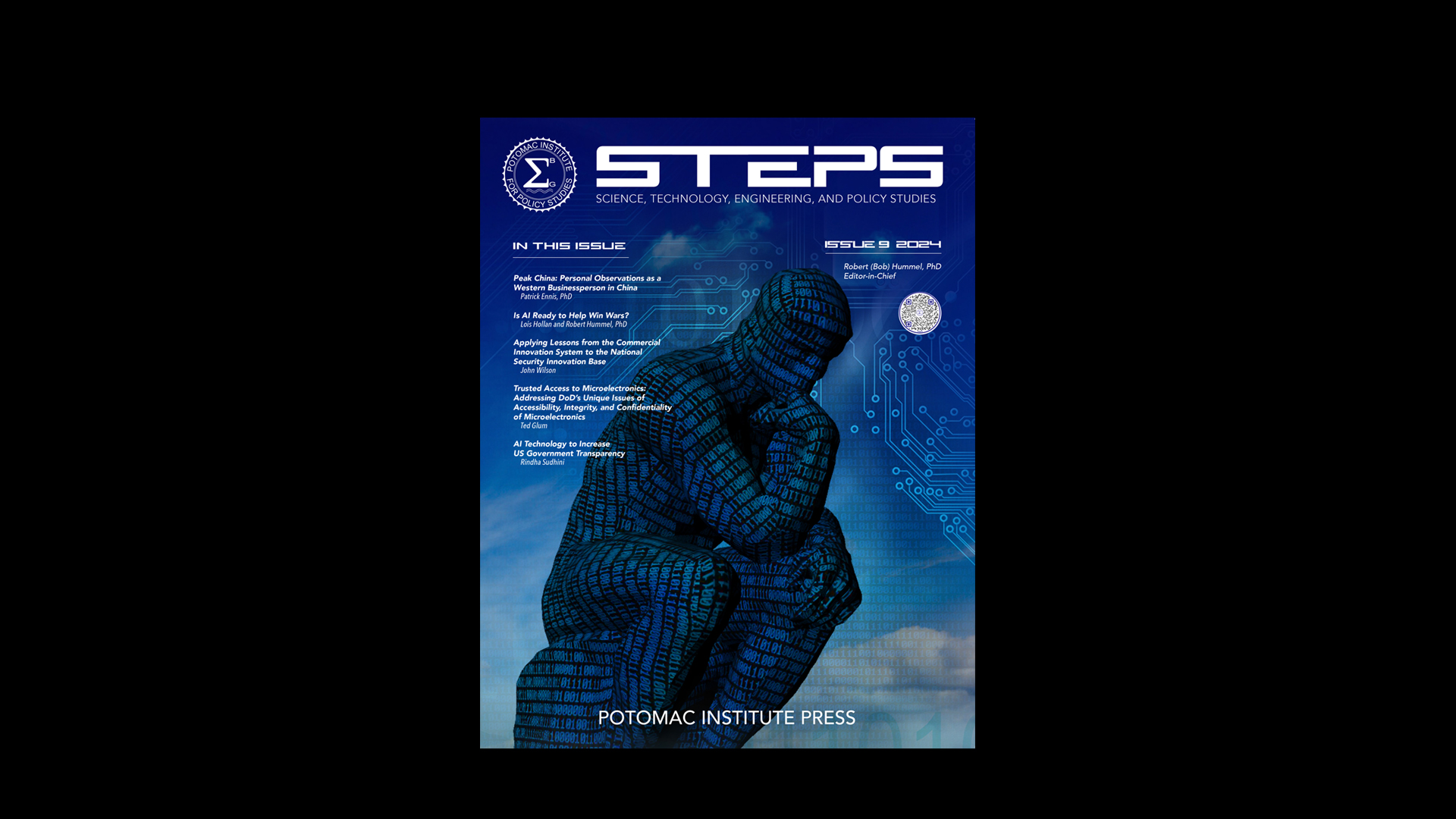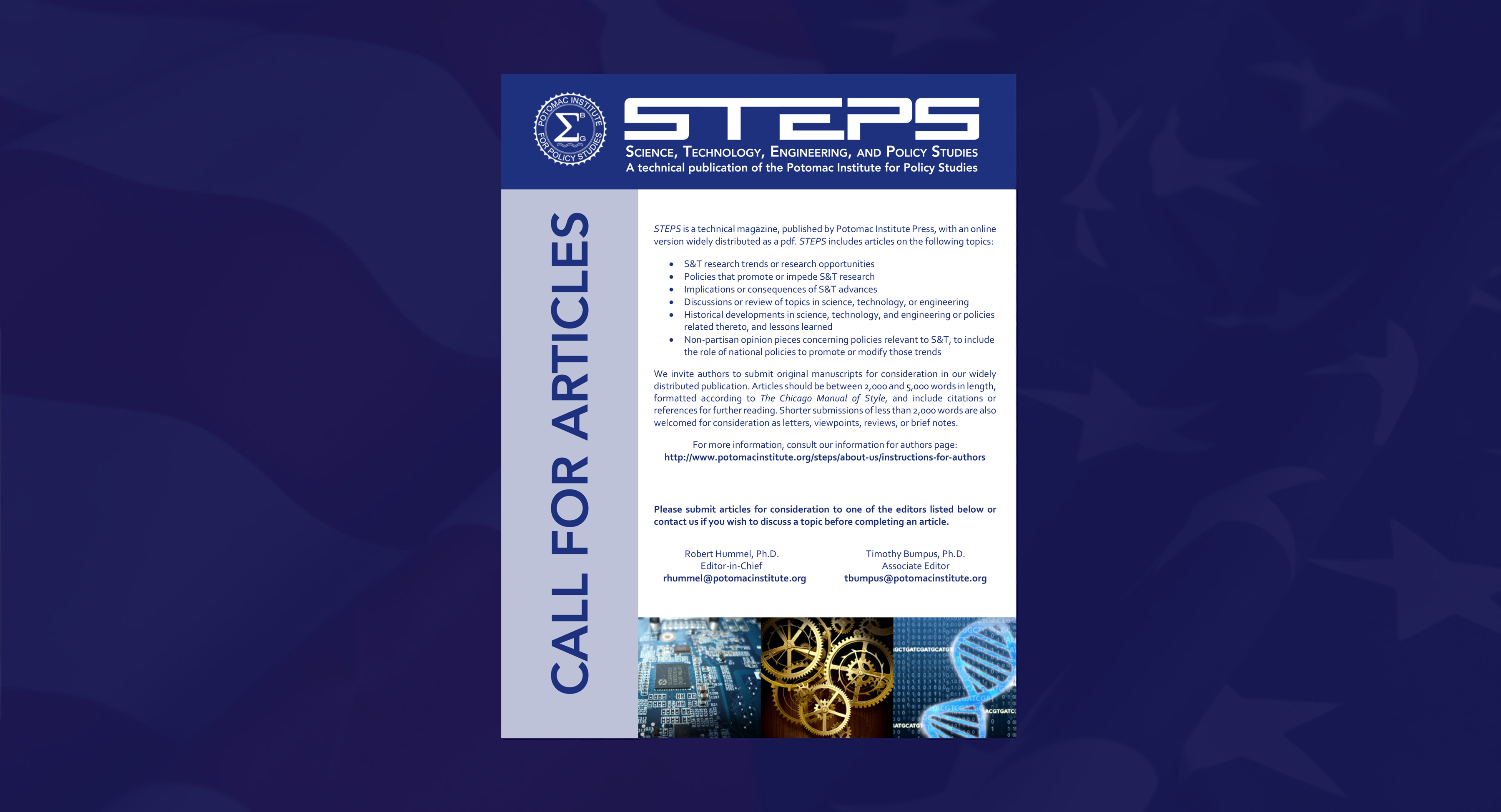SUMMARY: Citing problems with the swine flu vaccination campaign and other preparedness shortcomings, Health and Human Services Secretary Kathleen Sebelius said she had ordered a review of the federal government's policies for developing public health defenses. Sebelius said the swine flu vaccine shortage had highlighted the nation's dependence on antiquated technology. "It could be anthrax delivered in an envelope. It could be a dirty bomb set off in a subway car. It could be a new strain of flu that our bodies have no immunity to," Sebelius said, adding that the nation's ability to respond to such threats depends not only on having enough hospital beds, emergency rooms, doctors, and equipment, but also on state-of-the-art diagnostic tests, medications and vaccines.
STORY LINK: http://www.washingtonpost.com/wp-dyn/content/article/2009/12/01/AR2009120101288.html?nav=emailpage
ANALYSIS:
A sweeping review of public health and response capabilities and the high level impetus inherent in this announcement are welcome developments in the national preparedness posture. In many ways, public health has been a victim of its own successes. As diseases have been conquered, new drugs and treatments developed, and sophisticated technologies deployed, much of the infrastructure created to protect public health has been whittled away in budget cuts and institutional reorganizations. Significantly, this process has been independent of which party has been in power; as illnesses decrease, curative processes become more successful, and life expectancy increases, the need for a vast infrastructure has waned. The increasing emergence of new diseases, however, poses a renewed threat. According to the World Health Organization, new diseases are emerging faster than at any time in recorded history; there are now at least 40 diseases that were unknown a generation ago. Moreover, from 2001 to 2006, WHO verified more than 1100 epidemic events. In addition, the attacks of 9/11 and the subsequent anthrax attacks a month later demonstrated that Cold War dangers have given way to threats posed by small, supranational groups capable of inflicting great harm by direct violence or bioterrorism. The nation’s movement toward true security has been episodic. Major milestones have included the Defense Against Weapons of Mass Destruction Act of 1996 (also known as the Nunn-Lugar-Domenici Amendment), the 2004 National Commission on Terrorist Attacks Upon the United States (9/11 Commission) report, and the 2006 Pandemic and All-Hazards Preparedness Act. A significant number of tools at our disposal remain antiquated, however, ill suited to respond to the quickening pace of threats. The technology used to produce flu vaccine is essentially the same as it was 50 years ago. While tremendous work is begin done across government, the degree of integration and elimination of bureaucracies and “not invented here” remain elusive accomplishments. The challenge will be identifying the gaps in our capabilities and effectively addressing these shortcomings before the next disaster unfolds.

















